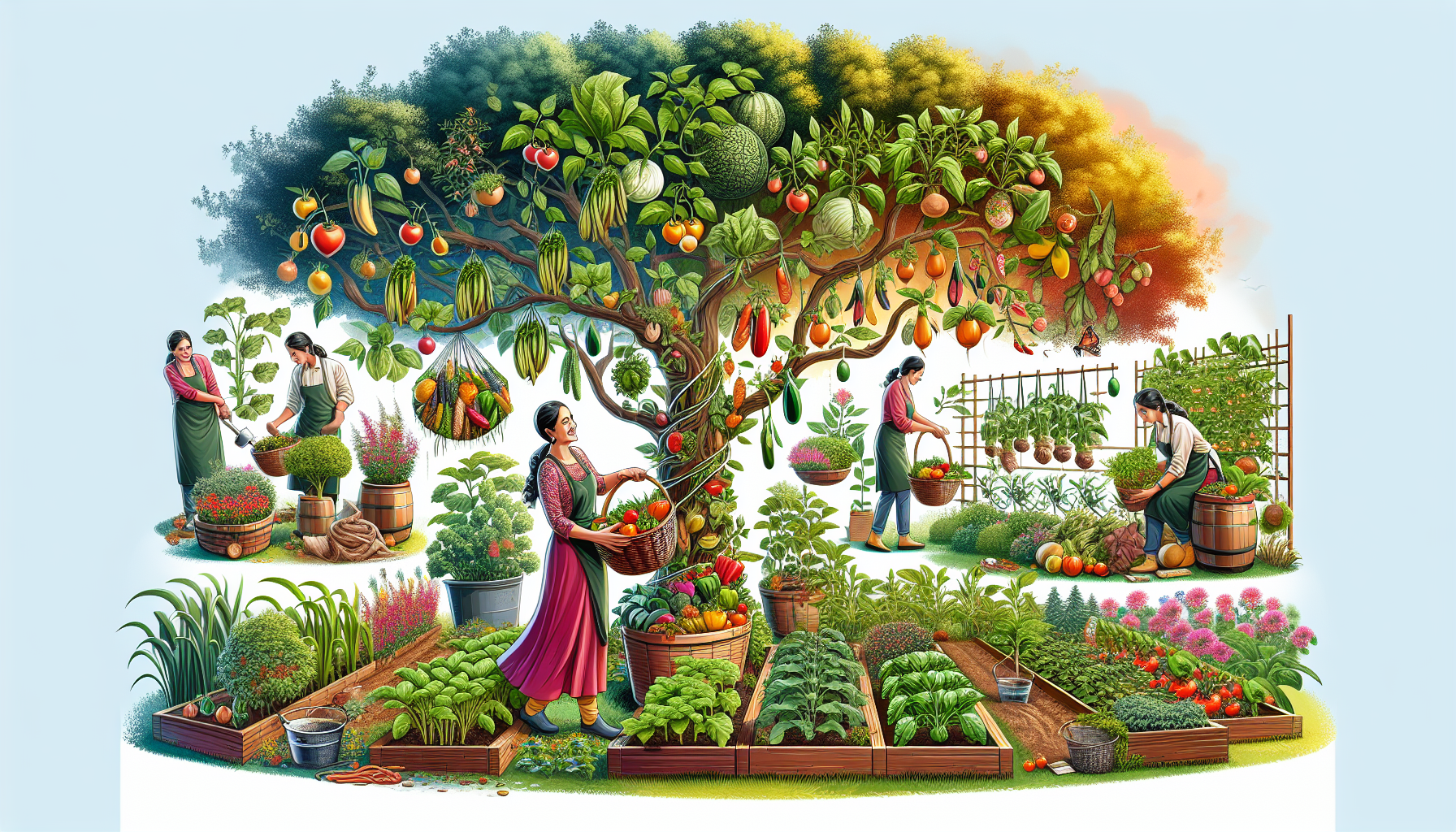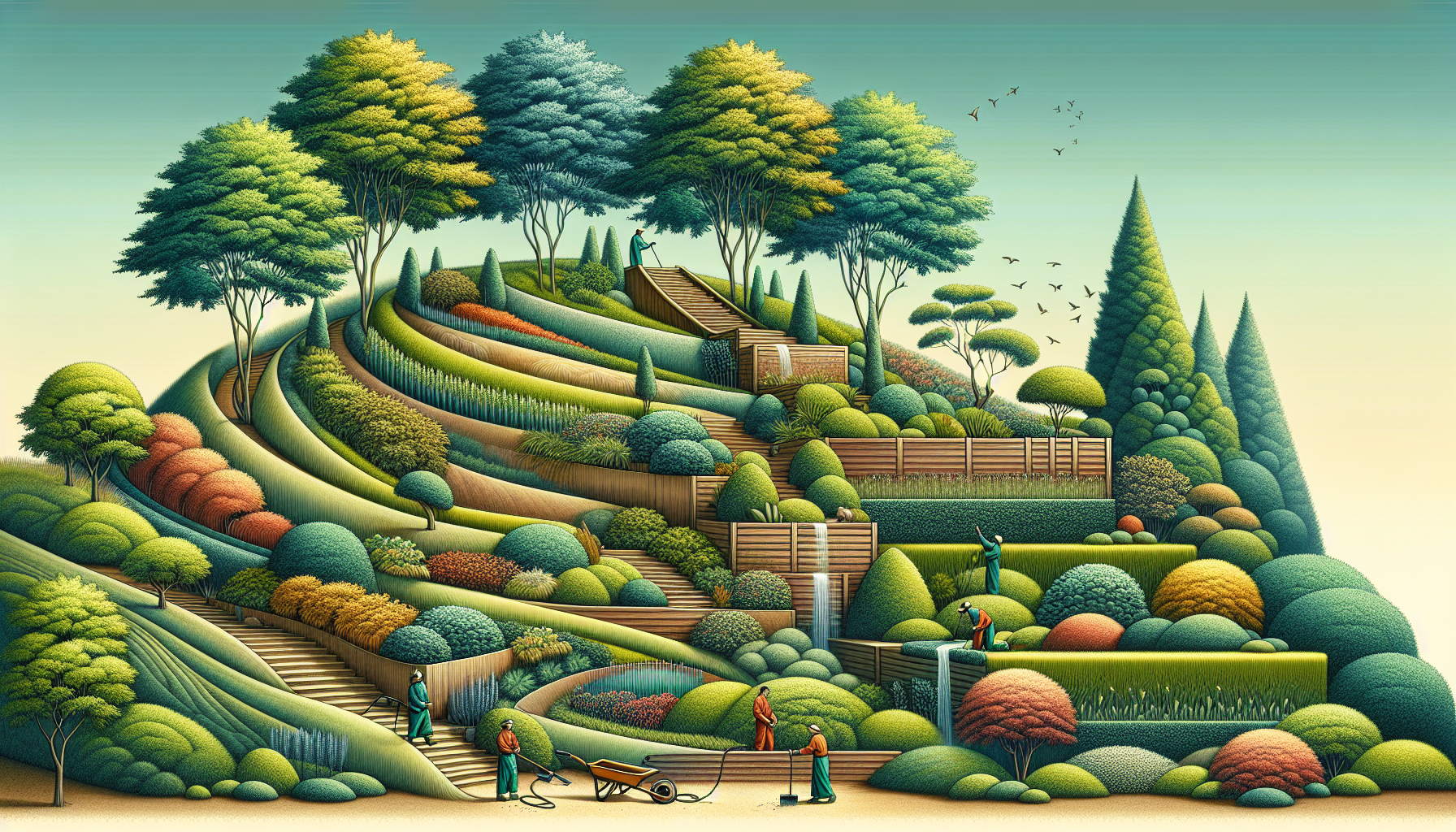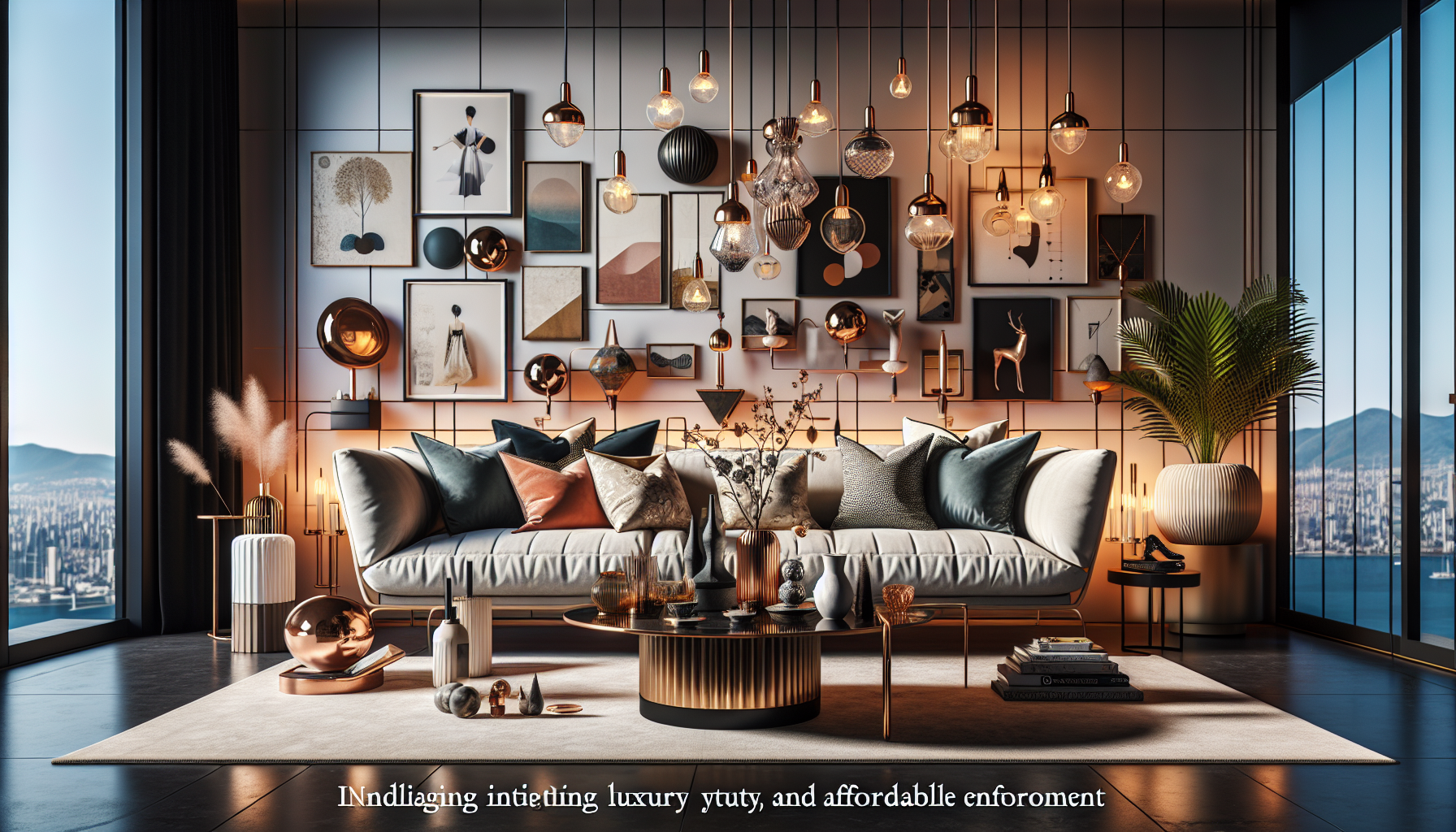Immerse yourself in the art of texture design with our comprehensive course designed to teach you how to use textures to add depth and dimension to your designs. From understanding the psychology behind textures and their impact on brand identity to mastering the application of both digital and physical textures, this course covers everything you need to know. Dive into advanced techniques and creative exploration to discover how custom textures, texture blending, and manipulation can transform your work. Whether you’re looking to enhance digital illustrations, create standout logos, or develop immersive web backgrounds, our course is tailored to equip you with the skills necessary to elevate your designs with the dynamic power of textures.
Lesson 1

Understanding Textures and Their Impact in Design
When we talk about adding depth and dimension to design, textures play a pivotal role. Textures, in the context of design, refer to the feel or appearance of the surface. They can be smooth, rough, glossy, or anything in-between, significantly affecting the visual and tactile appeal of a design project. Understanding textures and their impact is essential for both budding and seasoned designers aiming to enhance their work’s depth. Let’s dive into how textures influence emotions, brand identity, and overall design aesthetics.
The Psychology of Textures
Textures do more than just please the eye; they evoke feelings, generate memories, and can even influence behavior. A smooth, glossy texture might convey luxury and sophistication, while a rough, matte texture could suggest earthiness and authenticity. This psychological impact of textures makes it crucial for designers to choose textures that align with the message and emotions they wish to convey through their designs.
Texture and Brand Identity
Consistency in texture choice can significantly reinforce a brand’s identity. Just as colors and typography are chosen with care to represent a brand, textures should also be selected meticulously. A tech company might opt for sleek, metallic textures to signify innovation, whereas a handmade jewelry brand might prefer organic, tactile textures that evoke craftsmanship and uniqueness.
- Align textures with brand personality: Ensure your texture choices reflect the brand’s character and message.
- Consider the user experience: Textures should not only look good but also feel right to the target audience.
- Be consistent: Use textures consistently across all brand touchpoints for a unified brand identity.
Exploring Texture Types and Their Uses
Designers have a wide array of textures at their disposal, each with its unique characteristics and applications. From natural textures that mimic the look and feel of elements like wood or stone to synthetic textures designed to create a particular effect or mood, the possibilities are endless. Utilizing the correct type of texture can add depth to your design, making it more engaging and dynamic.
| Texture Type | Common Uses |
|---|---|
| Natural | Branding for organic products, nature-themed designs |
| Synthetic | Tech and futuristic designs, abstract art |
| Metallic | Luxury branding, high-end product packaging |
In conclusion, understanding textures and effectively integrating them into your designs can significantly enhance the depth and appeal of your projects. By carefully selecting textures that align with the brand identity and desired emotional impact, designers can create more engaging, memorable designs. Remember, the texture is not just an artistic choice; it’s a strategic tool that, when utilized effectively, can elevate your design to the next level.
Lesson 2

Mastering Texture Application in Your Design
Bringing textures into your design not only adds depth but also enriches the viewer’s experience, making your work stand out. Mastering texture application is a skill that transforms good designs into great ones. The thoughtful incorporation of textures can elevate your projects, giving them a more professional and engaging appearance. This guide aims to delve deep into the principles of texture application, distinguishing between digital and physical textures, and leading you through practical tutorials to apply these elements effectively.
Principles of Texture Application
The inclusion of textures should be thoughtful and purposeful. One of the key principles is balance. Adding too much texture can make your design feel chaotic, while too little may leave it looking flat. Strive for a harmonious blend where textures complement rather than compete with other design elements. Moreover, textures should highlight the most important parts of your design, guiding the viewer’s eye to where you want it to go.
Digital Textures vs. Physical Textures
Understanding the difference between digital and physical textures is crucial. Digital textures are applied in graphic design software and can mimic the look of real-world textures or create entirely new ones. Physical textures are tangible; they can be felt with the touch and are often used in print designs. Each has its place, and choosing between them depends on the project’s context and the experience you wish to create for the viewer.
Practical Tutorials
- Adding a Paper Texture to a Digital Illustration: Enhance the warmth and authenticity of your digital art by overlaying a subtle paper texture.
- Creating a Textured Logo: Give your logos a unique edge by incorporating textures that reflect your brand’s personality.
- Texturizing Web Backgrounds: Learn how to apply textures to web backgrounds subtly to increase depth and interest without distracting from content.
| Texture Type | Application Example |
|---|---|
| Glossy | High-end product advertisements |
| Rough Matte | Eco-friendly brand packaging |
| Metallic | Luxury business cards |
In conclusion, mastering texture application in your design is about balance, making informed choices between digital and physical textures, and practicing through tutorials and experimentation. Textures have the power to significantly elevate the depth and dimension of your work. They can be your best friend if you know how to use them correctly. Dive into the world of textures, experiment fearlessly, and watch as your designs transform.
Lesson 3

Advanced Techniques and Creative Exploration in Texture Design
At the heart of engaging design lies the creative use of textures. Advanced techniques and creative exploration in texture design can dramatically enhance the visual depth and tactile feel of any project. From creating custom textures to blending and manipulation, this guide dives into sophisticated methods that allow designers to break new ground in their work. Whether for digital or print, these advanced strategies will help you harness the full potential of textures to captivate and inspire.
Creating Custom Textures
Custom textures are unique and can set your design work apart. Start by gathering inspiration from the world around you—nature, urban environments, and even mundane objects can spark ideas. Experiment with photography, scanning, or digital painting to capture these textures. Software tools can then transform these raw inputs into usable design elements, allowing for complete control over the texture’s appearance and impact.
Texture Blending and Manipulation
Texture blending and manipulation require a keen eye and a creative mind. The goal is to integrate textures so seamlessly that they elevate the overall design without overwhelming it. Techniques such as layering, adjusting opacity, and employing blend modes in software like Photoshop can produce stunning effects. Moreover, transforming textures through warping, distortion, or color adjustments can yield intriguing results that add complexity and intrigue to your designs.
Case Studies and Creative Inspiration
- Exploring a case study of a fashion magazine cover that uses metallic and rough textures to convey luxury and edginess.
- Examining a website design that incorporates digital and natural textures to create an immersive user experience.
- Analyzing a branding project that employs custom-made textures to distinguish its visual identity in a crowded market.
| Technique | Application |
|---|---|
| Custom Texture Creation | Unique background for digital art |
| Texture Blending | Adding depth to graphic designs |
| Texture Manipulation | Creative branding and packaging |
In conclusion, advanced techniques and creative exploration in texture design open a realm of possibilities for adding depth, emotion, and interest to your work. By creating custom textures and mastering blending and manipulation, designers not only enhance the visual appeal of their projects but also forge deeper connections with their audience. Delve into these techniques, let creativity be your guide, and witness the transformative power of textures in design.
Texture design serves as a cornerstone in crafting visually compelling and emotionally resonant work. By delving into this course, you’ve armed yourself with the knowledge of how to elevate your designs through the strategic application of textures. From achieving a deeper understanding of the psychological effects of textures to mastering advanced blending and manipulation techniques, you’re now well-equipped to bring your creative visions to life. As you move forward, remember that the application of these skills will continue to evolve with practice and exploration. To test your newfound knowledge and ensure you’re ready to apply these principles in your designs, we’ve prepared a 10-question quiz located just below this conclusion. Dive in, test your skills, and continue your journey in mastering the art of texture design.
Test Your Knowledge With this short Quiz
Click here to copy your score to share on facebook!







